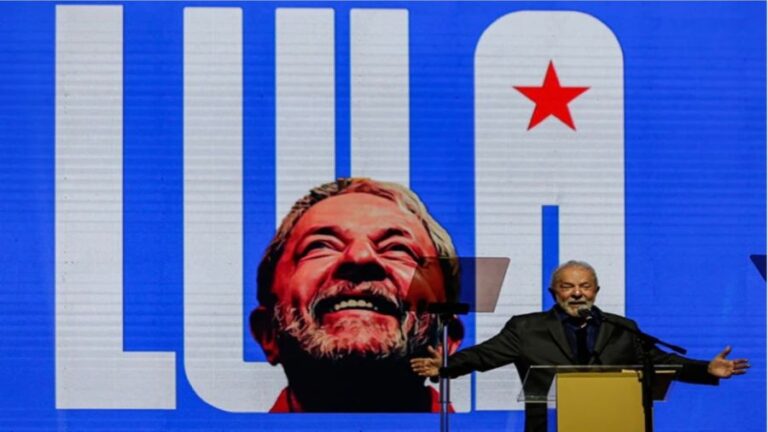Just Think of the US’ Endless Wars as a Constant String of Increasingly Derivative Hollywood Sequels
The US has reprised its crowd-pleasing anti-Islamic State campaign in Syria, the latest instalment of the blockbuster War on Terror series of wars, which has convinced many Americans to back their country’s overseas adventures.
Why launch this latest campaign against Islamic State so soon after the release of the critically acclaimed Baghdadi Code? Since the theft of Syrian oil doesn’t fit in with America’s rock-solid good-guy status, the US reason for occupying northeastern Syria is being hastily revised into a collaboration with the Americans’ estranged brothers in arms, the Kurds. A collective “awwww” comes up from the audience to see the dynamic duo together again after an angst-ridden period when they were forcibly separated at the hands of stern father-figure Trump. The Pentagon, in an award-winning turn as the US’ embattled conscience, encouraged the reconciliation with a fire-and-brimstone report that warned the US would be abandoning the Kurds to certain death at the hands of a mysteriously resurgent IS – despite the terror group being declared ”over” at least 16 times. Meanwhile, Paul Wolfowitz, the macher who choreographed the Bush administration’s sleeper hit Iraqi Cakewalk, thoughtfully reminded Trump that the Kurds will come in handy during the next spinoff of the War on Terror tentpole – a long-awaited sequel tentatively titled Real Men Go to Tehran.
SCENE: Mud-spattered beige MRAPs flying dust-stained American flags crest majestically over a hill in the middle of the Syrian desert, surrounded on all sides by sand and a bombed-out ruin here and there. Ominous music plays faintly in the background, but the mood is a triumphant one – no disaffected Kurds throwing rotten veggies at these proud sons of Uncle Sam! That’s right – the US is back in Syria, and they’re gonna get ISIS – again – and win back the hearts and minds of those Kurds. [end SCENE]
US CENTCOM commander Gen. Kenneth McKenzie did his best to build up excitement for the latest episode in the long-running US vs ISIS series, encouraging Americans not to give up hope of a quality war even if the action in this particular instalment starts out slow: “Over the next days and weeks, the pace will pick back up against remnants of ISIS,” he told reporters last week from the middle of a security conference in Bahrain.
The US vs ISIS saga is a hot commodity just a month after President Donald Trump triumphantly announced the killing of the terror group’s leader, Abu Bakr al-Baghdadi, a terrorist whose mysterious history – did his prison stint in the US’ notorious Camp Bucca merely supply him with much-needed street cred, or did they teach him everything he knew about scaring the critical capacity right out of Americans’ heads? – gave him enough of an intriguing backstory that viewers feel like he’s something more than a monster-of-the-week type throwaway villain.
Baghdadi’s demise did not disappoint with regard to the theatrical details that have come to distinguish American war stories in the absence of a compelling reason to be at war in the first place. Like the White Helmets’ self-produced ‘gas attack’ in Douma, or a young Syrian girl Bana al-Abed delivering a touching condemnation in English of Syrian President Bashar Assad in front of CNN’s hungry cameras, Baghdadi’s death scene was one for the ages. The evildoer was chased down a booby-trapped dead-end tunnel by a fearless American dog, only to blow himself up with a suicide vest – whimpering and crying the whole time, and wounding the valiant Lieutenant Lassie in the process! There’s video of the death – otherwise how would we know about the whimpering? – despite no one having been there to film it (unless the dog was strapped with a GoPro and the tunnel was well-lit). But it can’t be released, because it’s classified, but part of it may be released, someday. A better cliffhanger could not be found this side of Damascus.
And one can almost overlook the terrorist leader’s wildly improbable burial at sea after that clever stunt with the DNA from Baghdadi’s soiled underwear used to identify his body.
Mythmaking is a requirement for any nation at war, especially a long war. It becomes even more of a necessity when the war is being fought not for survival, or even territorial expansion, but for power and profit – with the occasional humanitarian buzzword tossed to an oppressed group in the region to legitimize the sordid affair in the eyes of the international community. Trump went off-script when he bragged about taking Syria’s oil. That entire interlude – vowing to bring troops in Syria home and end the profitable Assad Must Go spinoff of the War on Terror franchise, even pulling hundreds of troops over the border into Iraq, only to send them back into northeast Syria to keep those meddlesome Syrians away from their oil – will likely end up on the cutting room floor when the director’s cut is released.
It may seem simplistic or even glib to reduce the US’ sprawling, ravenous war machine to a series of Hollywood vignettes but, while the deaths and carnage are real, the stories behind the war are as carefully crafted (and unrealistic) as any billion-dollar blockbuster. As ABC News proved when they solved the problem of having no film of the Turkish atrocities they’d been promising were happening for days by repurposing some old footage of a weapons demonstration in Kentucky, the story is all that matters. Nothing reaches the American people from the ever-growing Middle Eastern theaters of war without the approval of the Pentagon’s pet producers. This long and costly war is carefully stage-managed to depict victory after victory even as the country bleeds trillions of dollars and thousands of lives. ISIS defeated, you say? They’ll be back next month, as if they never left.
By Helen Buyniski
Source: RT







